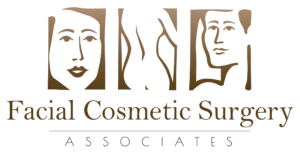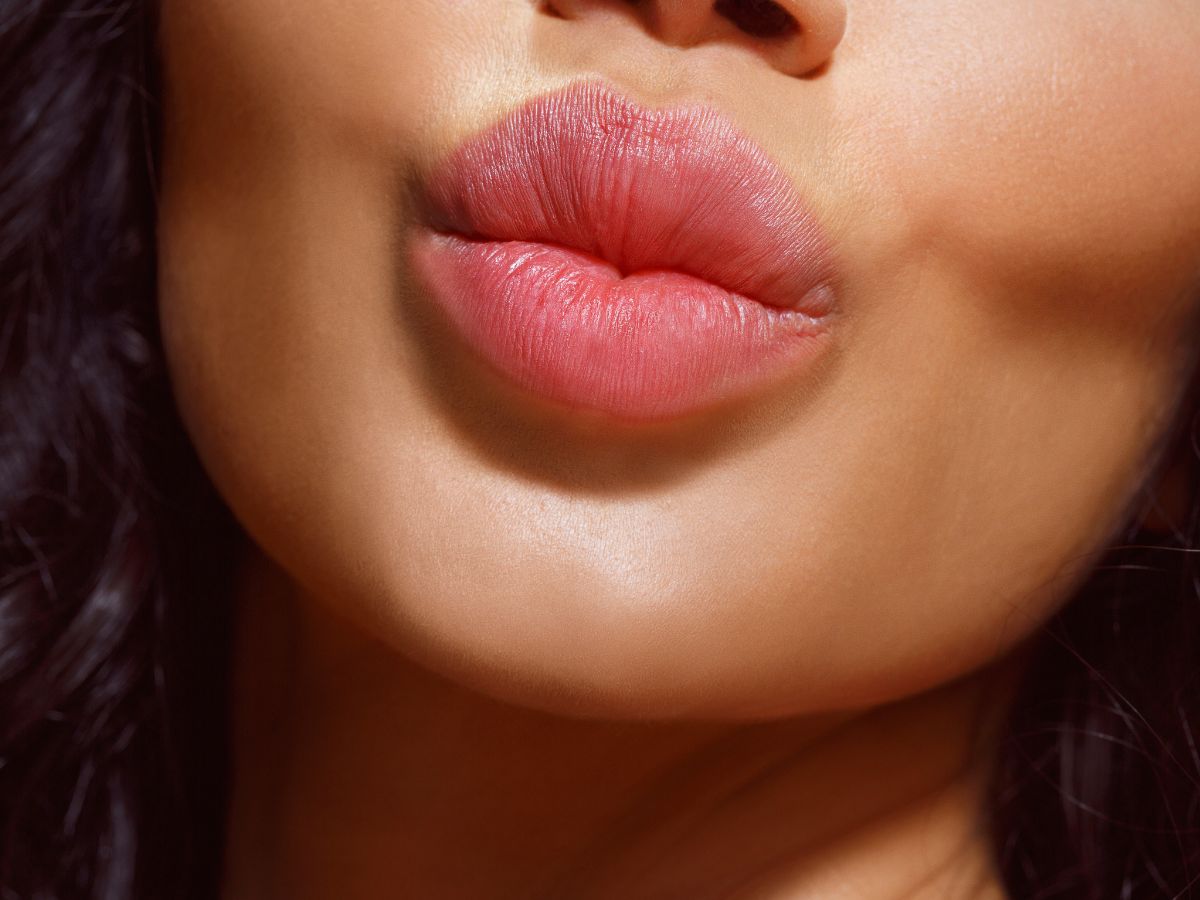After Facial Plastic Surgery Sacramento, it is not uncommon to have high expectations about the surgery and to be anxious to see the “new you”. It is important to remember, however, that cosmetic surgery is major surgery and the healing process naturally takes time.
There are however, simple steps that you can take in the early healing process, as well as, after all healing is completed to enhance your surgical results.
Women can usually resume cosmetic use about one week after surgery and ten days after chemical peeling. Careful use of makeup can help camouflage bruising and discoloration and can do wonders for your self-esteem during the healing period.
Water-based cosmetics are usually recommended during the first three weeks, since they can be easily washed off with water if irritation occurs. If your skin is particularly sensitive, you may want to use hypo-allergenic make-ups. Avoid products that contain fragrance or alcohol during the first few months.
Generally, you can return to your former make-up routine (including oil based or perfumed cosmetics) about six weeks after surgery , but many women feel that this is an ideal time to reassess their beauty routine and perhaps make some changes. A consultation with a professional cosmetician can give a real boost.
Incision scars from many facial plastic surgery procedures are hidden and do not present cosmetic problem. Scars in a noticeable location present problems because they tend to be a different color from surrounding skin, show texture difference (such as a shiny surface), or they may be slightly raised or lowered.
The first two problems are dealt with by using a foundation makeup with good coverage. Surface irregularities are harder to camouflage because they create shadows that do not mask easily. Avoid trying to cover an irregular scar with makeup. Makeup tends to collect in slight depressions or along edges of raised scars, making the blemish even more noticeable. Try using a sheer foundation and play up other features to draw the eyes away from the scar. It may be possible to use dermabrasion at a later date to even out irregular facial scars.
If regular makeup does not adequately cover bruises or reddened areas, special correction cosmetics are available. High-coverage make-ups have been developed for use by both men and women after plastic surgery, burn or cancer surgery, or to conceal port-wine stains and other sever birthmarks and scars. Such products are available in a variety of shades for all skin tones, including black. Special skin toners or “color block” products are also available in green, pink and purple to neutralize skin discolorations. Corrective cosmetics and skin toners are available commercially and can be purchased at most department store cosmetic counters.
Makeup Tips:
- Always select a foundation that is one shade lighter then your natural skin tones
- Use a translucent powder after foundation for complete coverage with a soft, natural look.
- A concealer (stick or cream) may be applied under the eyes to mask the bruises or dark circles. Apply it under your foundation, and use a shade slightly lighter than your base color
- Use a green skin toner to balance excessive redness, pink to counteract a sallow complexion, and purple to mask yellow discoloration.
- Avoid brown or black eyeliner after eyelid surgery, as these colors tend to emphasize redness. Blue eyeliner, smudged along the lash line on both the upper and lower lids, help to minimize redness and dark circles.
- Scars in the eyebrow area may leave brow hairs missing. Use a small, angled brush to shade the missing area using a flat shadow color close to your hair color. This looks more natural than shading with an eyebrow pencil.
- A soft eye shadow pencil in slate or taupe can be smudged toward the outer corner of the eye to correct any visible scars in this area.
- Avoid using metallic or iridescent eye shadow or face makeup as these colors emphasize open pores, scars, and other skin flaws.
- After facelift, chose a soft, face framing hairdo. Hair that is too short around the face and hair that is swept up off the forehead may reveal scars. Medium-length bangs, perhaps gently curled, can help to camouflage scars in the forehead area.
- If hairline and forehead scars are not a problem, soft, full swept back hairstyle can produce a youthful appearance. Avoid severely pulled-back styles.
- If you have a reddened complexion or redness around the eyes, never wear fuchsia, rose, red or hot pink. Instead, chose soft shades of blue and green for both wardrobe and makeup.


